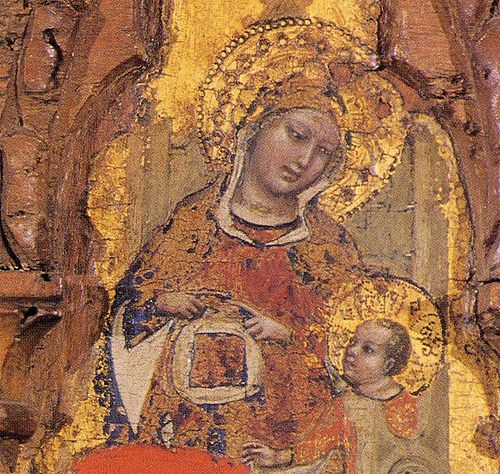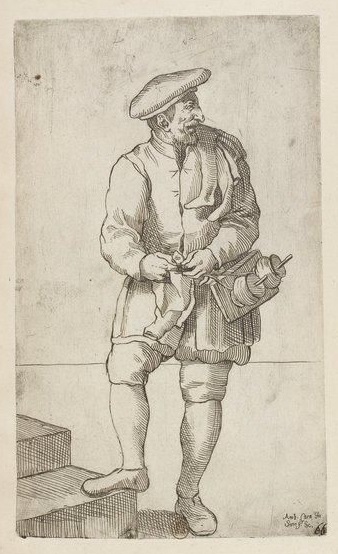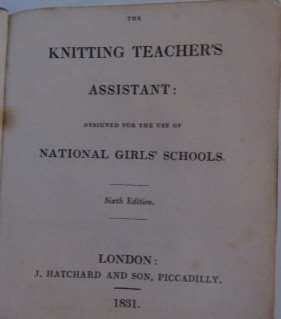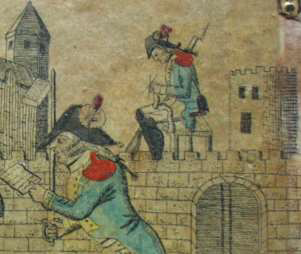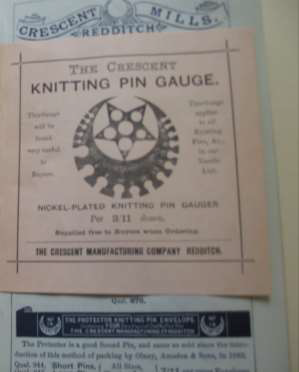Basic knitting is so simple – “two sticks and a string”. It seems like it could have been the first way to make fabric. In fact, knitting is quite a late invention in the arena of needlework; but its simplicity of action means that it has always been easy to learn and to transport. Even today it seems to enjoy far wider participation as a leisure craft than many erstwhile competitors such as embroidery, tatting, crochet or lace making.
Below is a brief history of the development of knitting needles and tools.
